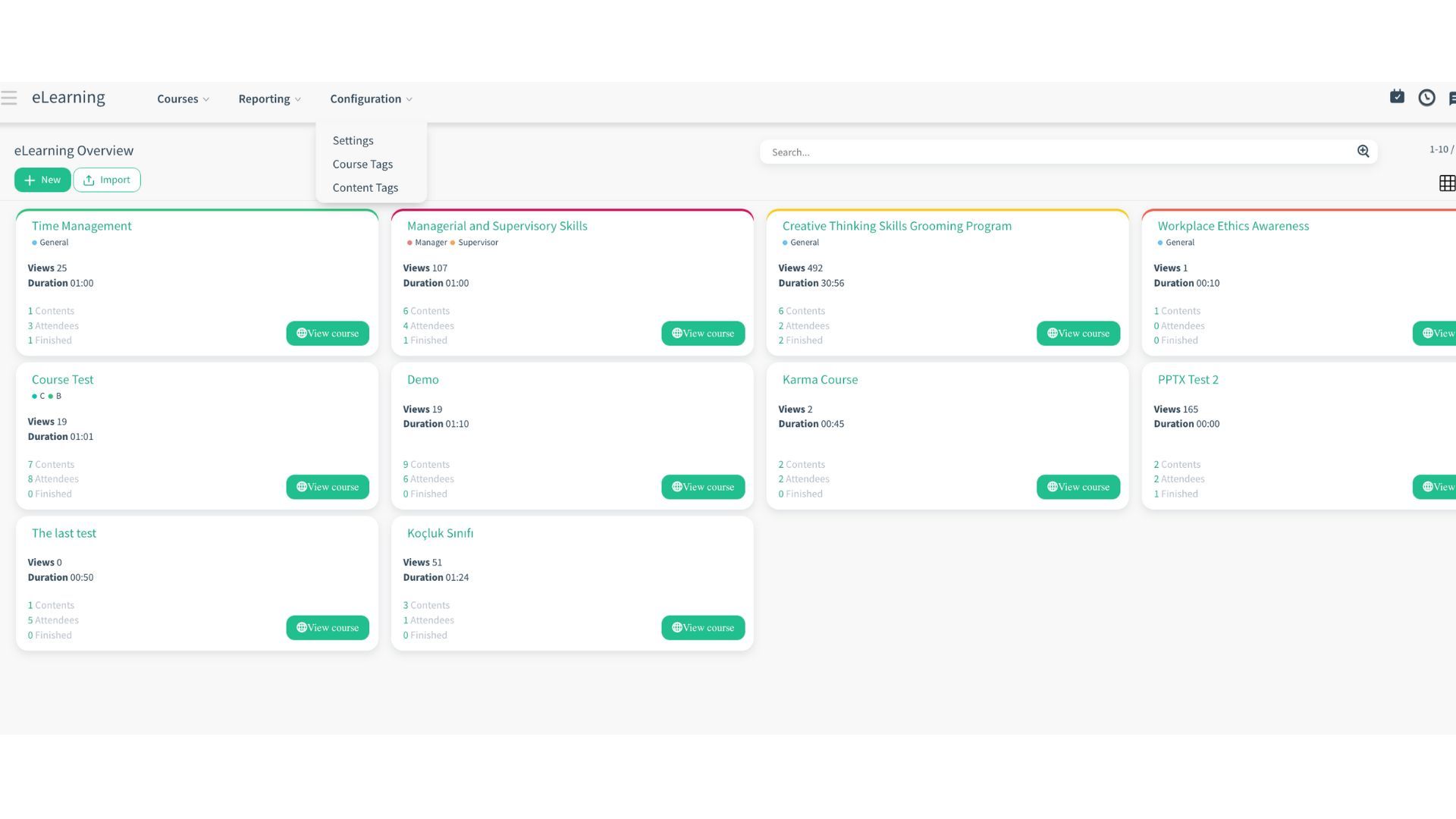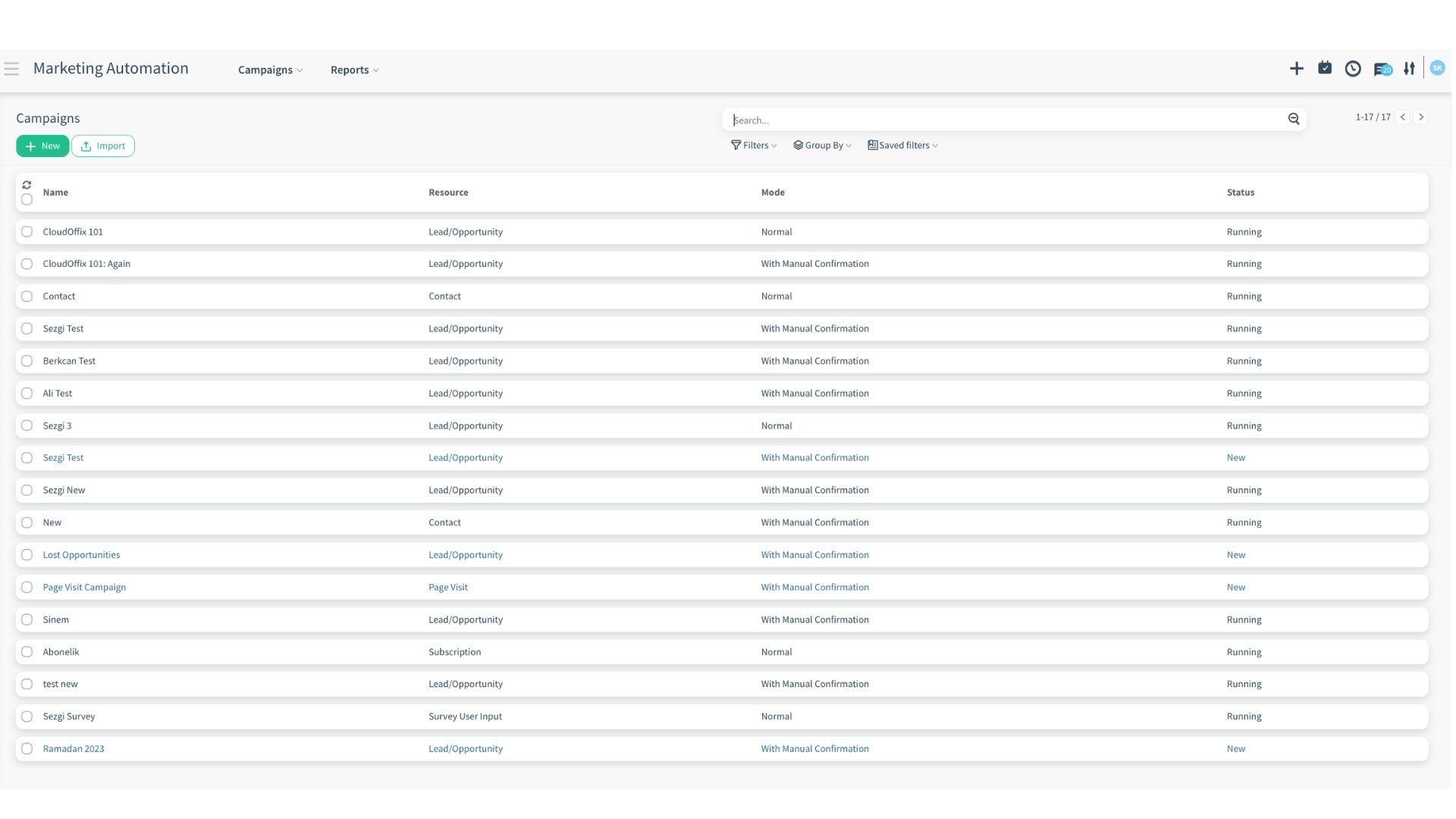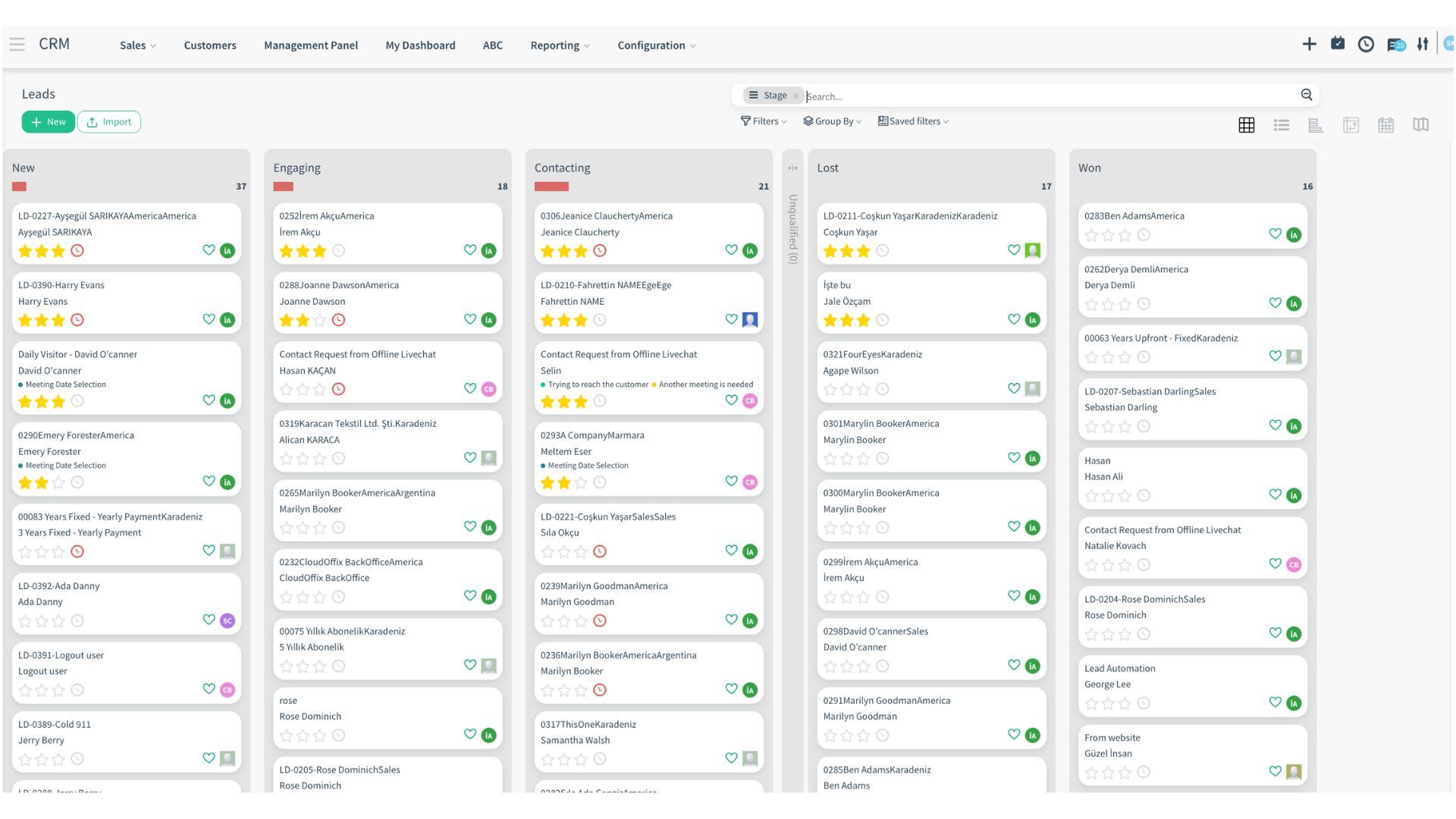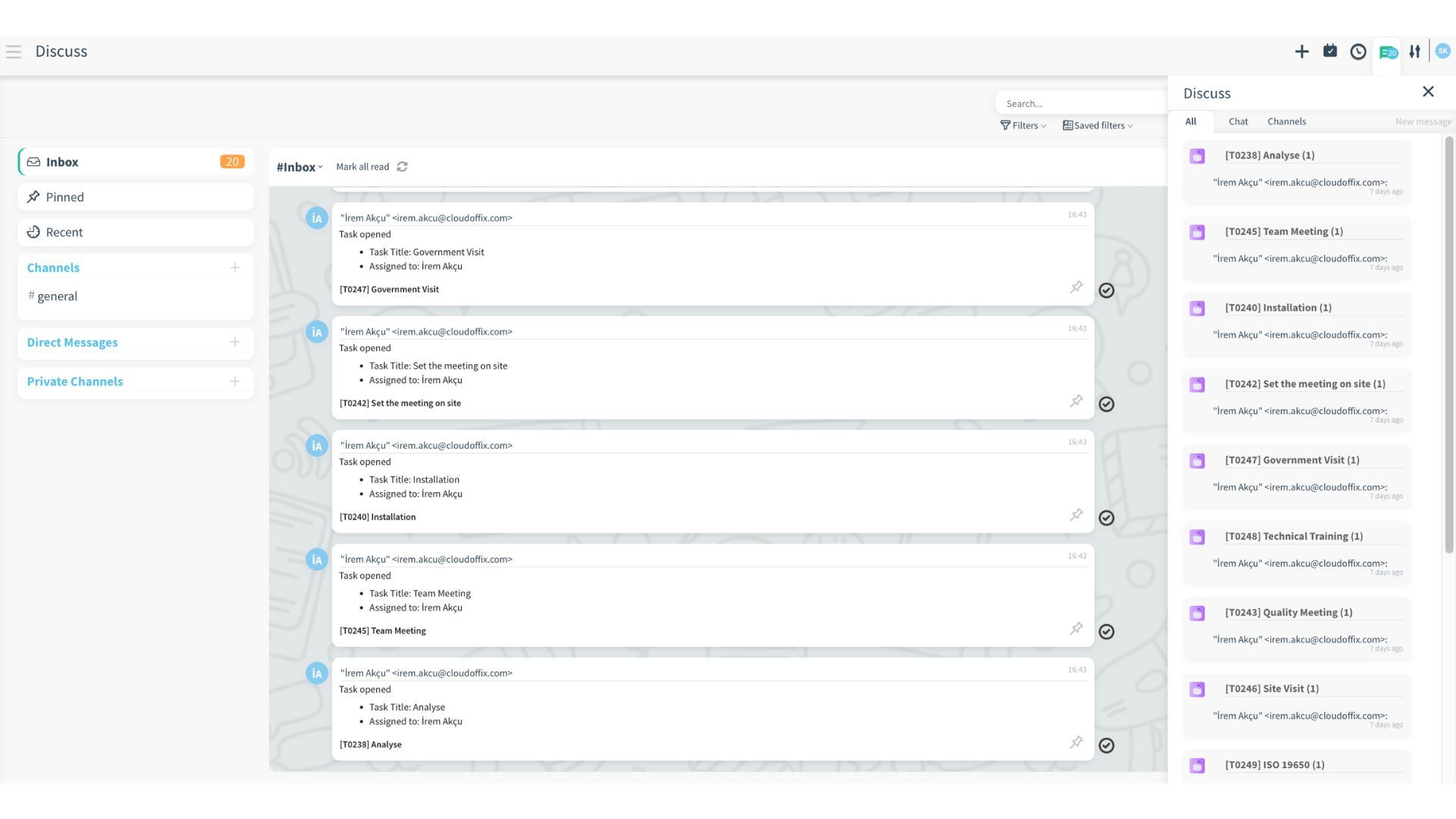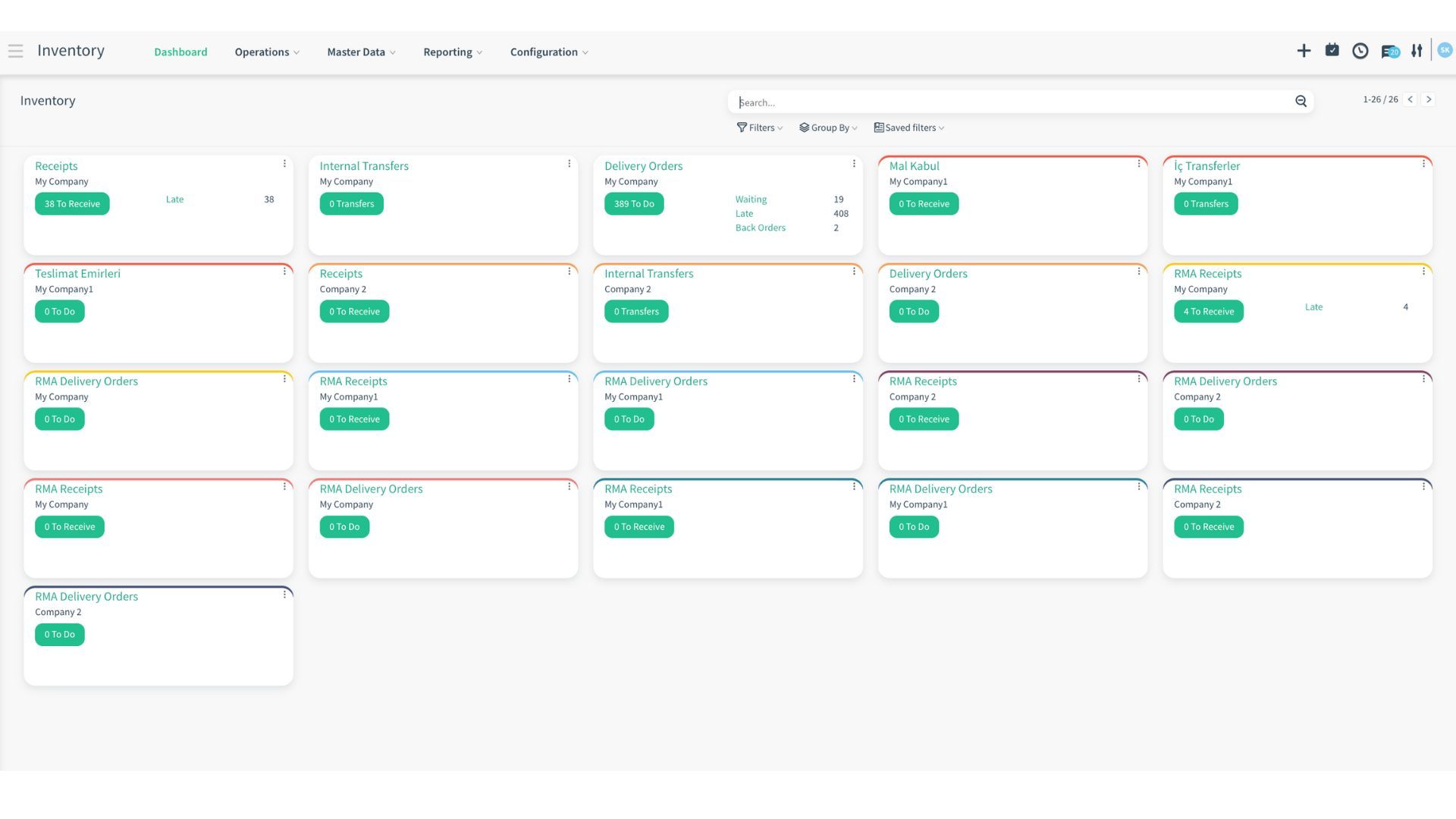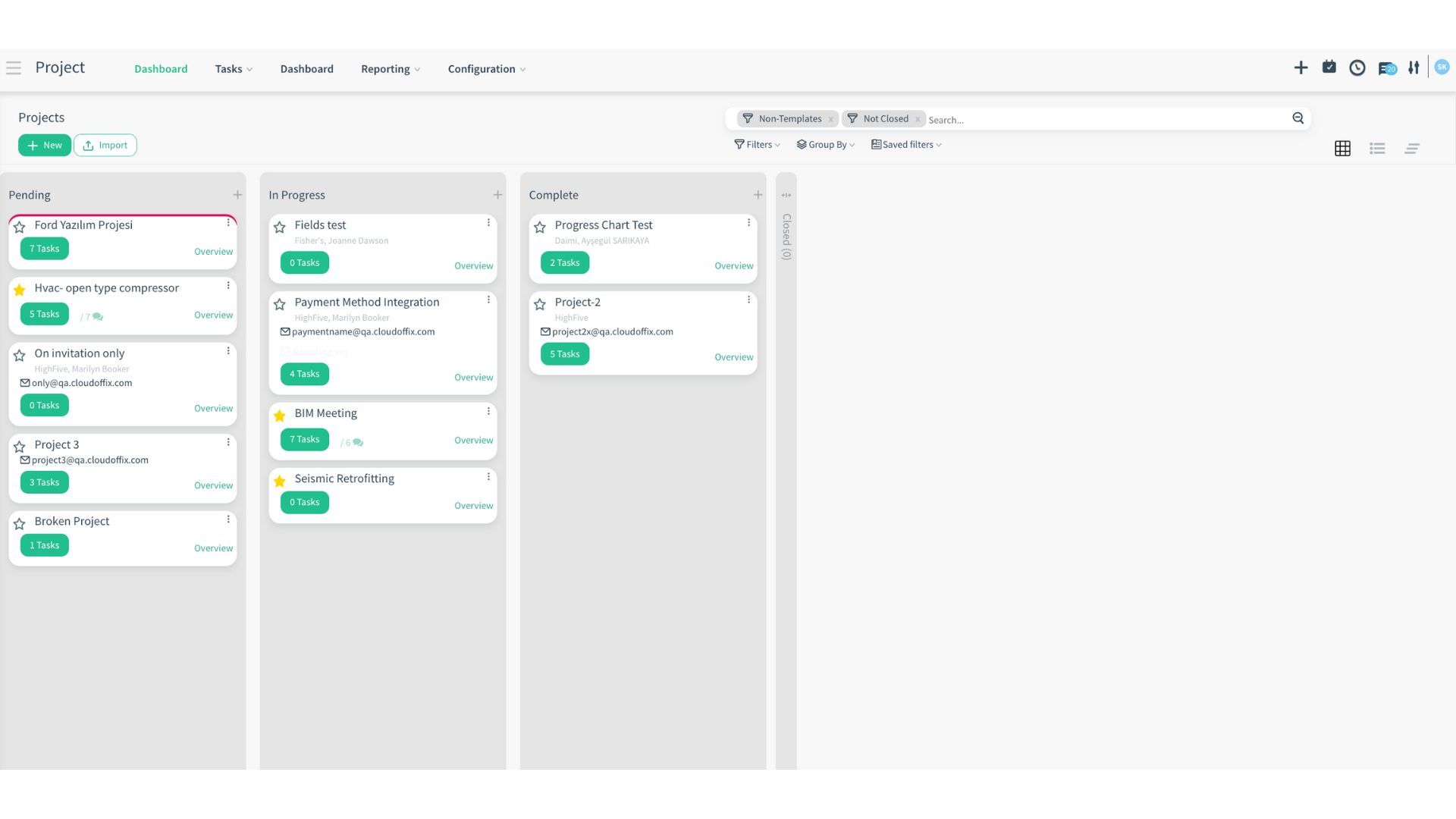Hyperautomation is a strategic approach. It uses technologies such as robotic process automation rpa, AI, ML, and Advanced Analytics to change how businesses work. This approach is sometimes called end-to-end process automation, intelligent automation, or digital process automation.
This methodology utilizes advanced technologies to automate and streamline business processes. Technologies such as artificial intelligence, machine learning, robotic process automation, and data analytics are employed to achieve improved efficiency and effectiveness.
Hyperautomation improves business operations. It does this by finding bottlenecks, removing unnecessary processes, and improving workflows. The improved productivity results in a great customer experience and increased word-of-mouth recommendations.
It helps us to make data-driven decisions, identify patterns, and optimize our processes for better results. Resources are being used for more meaningful work with hyperautomation. It empowers us to automate tasks that previously required manual effort, enabling us to work smarter. It eliminates the monotony of repetitive tasks, so that we can focus on more strategic and creative endeavors.
How Hyperautomation Works?
Hyperautomation is the integration of multiple technologies. These technologies include RPA, AI, ML, NLP, and other advanced tools. This integration creates a powerful system at its core. Integration enables the creation of an intelligent automation ecosystem.
Automation can now handle tasks and processes that were not previously achievable. These tasks are automated using software or technologies known as traditional automation tools. This automation simplifies manual processes within businesses and organizations. Hyperautomation has ability to learn from historical data and predict future outcomes. It assesses data and provides insights. AI and ML algorithms allow these insights to be used to improve operations in real-time.
That’s how Hyperautomation help businesses to reduce errors and increase accuracy by making real-data based decisions. It makes a dramatic decrease for human error. On the other hand, it leads to significant cost and time savings with an increased efficiency.
Hyperautomation can adapt to meet changing needs and this makes businesses more agile and competitive. It is a strategic tool that assists companies to change conditions at uncertain times.
Benefits of Hyperautomation for Organizations
Increased efficiency
Hyperautomation is a time-saving method that reduces the need for manual work. It makes employees to focus on higher-level tasks that require human skills, such as problem-solving, creativity, and critical thinking. It boosts productivity and also empowers employees to contribute their unique talents and expertise to drive business success.
Improved decisions
By providing real-time data insights, hyperautomation enables businesses to make informed decisions based on facts and data. Through extensive data analysis, hyperautomation helps businesses make data-driven decisions that lead to better outcomes.
Cost savings
Hyperautomation avoids costly mistakes. The resources are used strategically for maximum impact.
Experience management
Hyperautomation is not just automating customer service tasks. It enables businesses to create a seamless and integrated experience for their customers through omnichannel communication and experience management.
In a hyperautomated system, all aspects of the customer journey are integrated, allowing for a holistic customer experience across multiple channels. With hyperautomation, businesses can also enable employees to work collaboratively and in a more integrated manner. This technology facilitates total experience management, where every touchpoint in the customer, employee and user journey is optimized for maximum impact.
So, hyperautomation leads to a better customer satisfaction, loyalty, and retention.


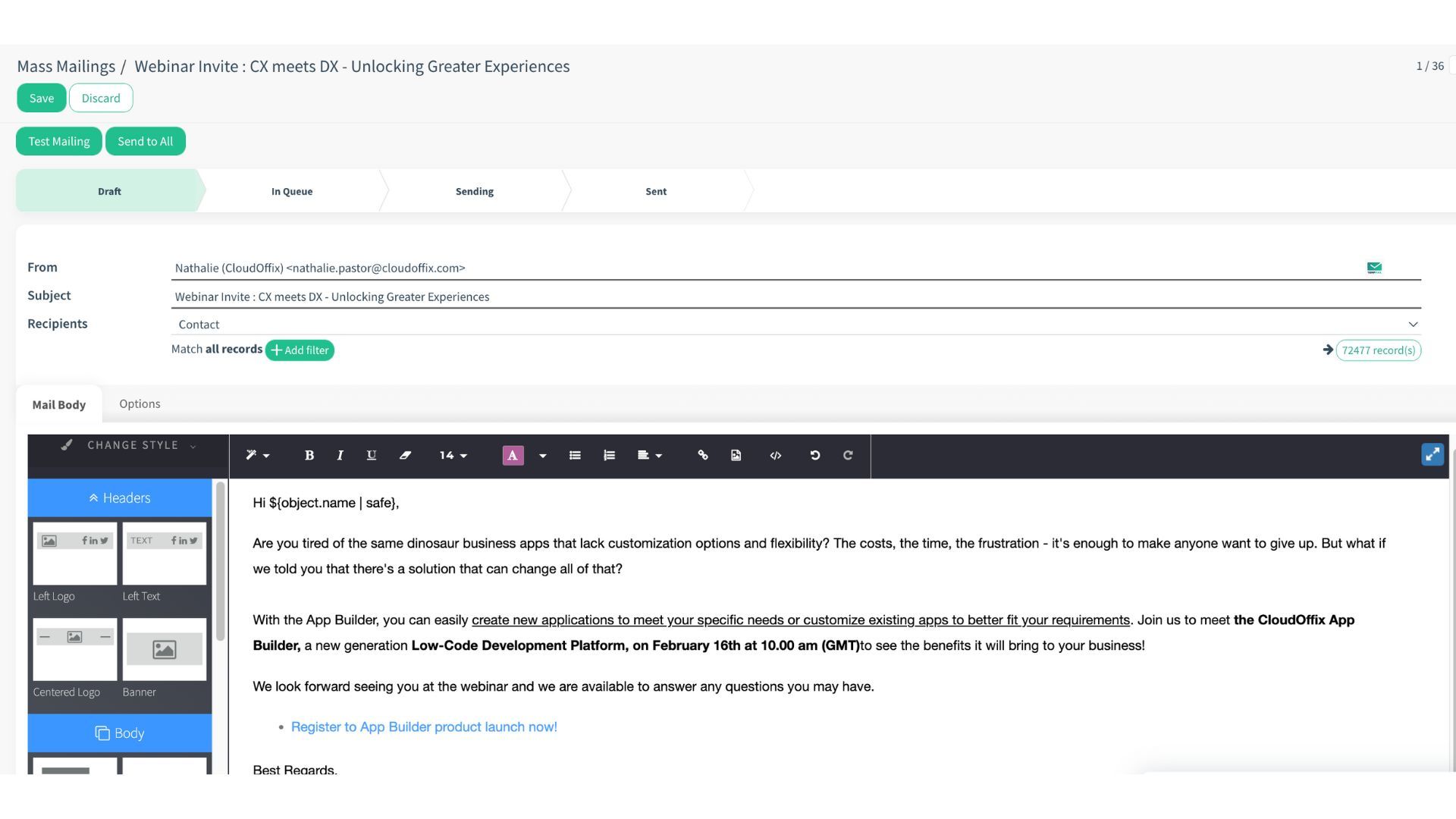
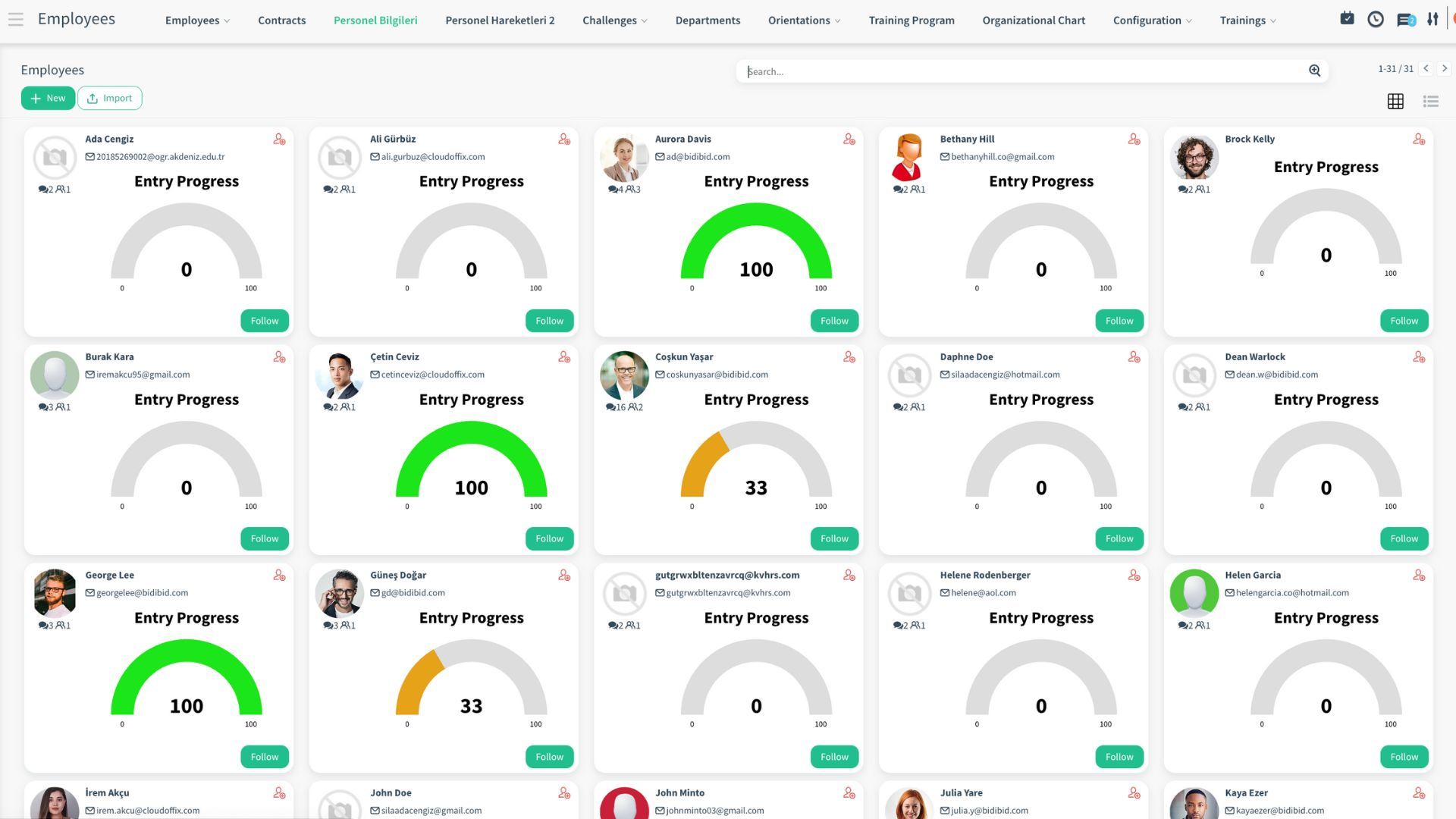
.jpg?access_token=e240918a-a7a7-4093-9de0-227fb5a75a2a)
